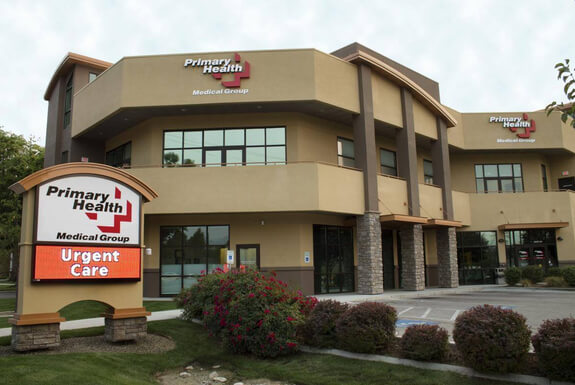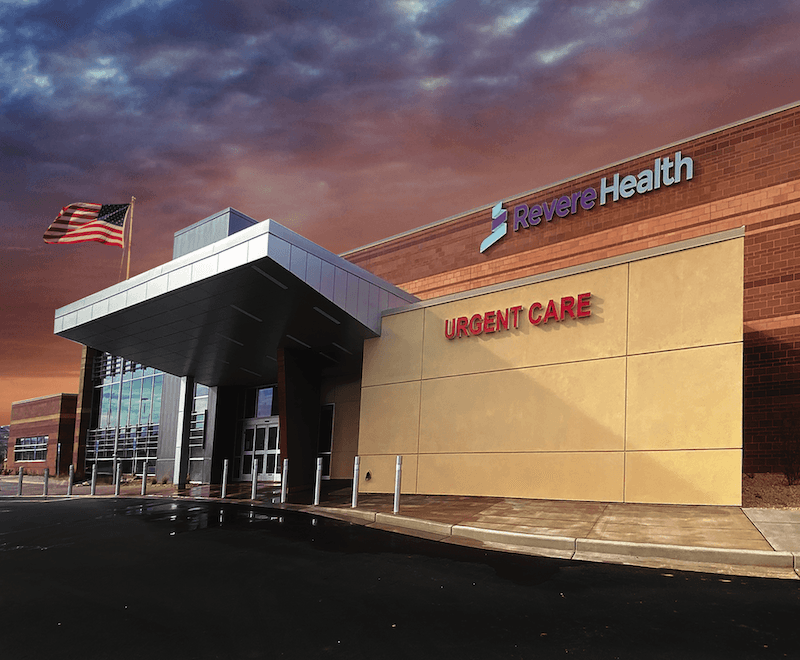The Ultimate Overview to Recognizing Urgent Care Clinics
The Ultimate Overview to Recognizing Urgent Care Clinics
Blog Article
The Value of Urgent Treatment Centers in Connecting the Gap In Between Health Care and Emergency Services
Urgent treatment centers have actually become a crucial component of the healthcare landscape, properly resolving the crucial demand for prompt medical interest without turning to emergency services. By giving take care of non-life-threatening problems, these facilities assist to minimize the worry on emergency areas and enhance individual access to prompt treatment. Their expanded hours and varied solutions satisfy a growing populace seeking alternatives to conventional health care. The developing duty of urgent care facilities elevates essential inquiries regarding their integration within the wider healthcare system and the ramifications for patient outcomes and source appropriation.
Review of Urgent Care Centers
Urgent care centers have actually come to be a necessary component of the healthcare delivery system, offering available clinical solutions for non-life-threatening problems. These facilities usually run outdoors typical office hours, offering clients an option to emergency areas and health care settings. Patients looking for urgent care usually present with issues such as minor injuries, infections, or diseases that require prompt attention however do not position a prompt threat to life or arm or leg.
Immediate treatment facilities are staffed by a variety of medical care professionals, including physicians, registered nurse experts, and physician aides, who are geared up to detect and treat various clinical worries. They frequently feature analysis tools such as X-ray equipments and research laboratory solutions, enabling them to supply thorough treatment on-site.
The establishment of urgent care facilities has been affected by the enhancing need for timely clinical solutions in a fast-paced culture, where patients might battle to safeguard consultations with key treatment service providers. Therefore, these facilities aim to minimize congestion in emergency departments, boosting general health care effectiveness. Furthermore, immediate care facilities usually function as a bridge in between key care and emergency services, guaranteeing that people obtain proper care customized to their specific medical needs.

Advantages of Urgent Care Provider
Accessing timely healthcare is a considerable benefit of urgent treatment solutions. These centers offer instant attention for non-life-threatening conditions, successfully decreasing wait times compared to typical emergency divisions. Individuals seeking look after small injuries, health problems, or urgent health problems can acquire treatment without the lengthy delays often connected with hospital gos to.
One more key benefit is the prolonged hours of operation. Many urgent care facilities are open nights and weekend breaks, fitting patients that might not be able to visit their medical care supplier during common workplace hours. This adaptability makes urgent care an accessible alternative for those with active routines or abrupt wellness problems.
Additionally, immediate care facilities often offer a large range of solutions, consisting of diagnostic testing, X-rays, and basic lab solutions. This comprehensive approach enables quick medical diagnosis and treatment, boosting patient complete satisfaction.
Additionally, immediate care centers are usually more cost-effective than emergency situation spaces, making them an eye-catching alternative for people without insurance coverage or those with high-deductible plans. Overall, immediate care services play a critical role in supplying accessible, prompt, and inexpensive treatment.
Comparison With Health Care
Normally, individuals usually weigh their options in between urgent care centers and main treatment companies when seeking clinical attention. Both serve crucial duties in the health care system, yet they vary substantially in cost, availability, and extent.
Primary care service providers are commonly the very first factor of call for patients, concentrating on long-lasting wellness management, preventive treatment, and persistent condition management. They offer continuity of care, promoting a patient-provider connection that allows for extensive health and wellness assessments and tailored therapy plans. Arranging a visit can be time-consuming, often needing days or weeks in advancement. Urgent Care.
On the other hand, immediate treatment facilities offer prompt care for non-life-threatening conditions that require prompt focus, such as minor injuries or infections. These facilities often run outside of traditional office hours, suiting people that may not have the ability to see their main care copyright throughout regular business times. In addition, urgent treatment is typically much more economical than emergency situation area visits, making it an appealing choice for those with restricted health care access.
Inevitably, while immediate care centers and health care companies both add to client health, they deal with distinctive demands, making it crucial for patients to identify which option best lines up with their conditions.
Emergency Solutions Communication
The communication in between immediate care facilities and emergency situation solutions is an essential element see this of the healthcare landscape, particularly when individuals encounter circumstances that may intensify in severity. Urgent treatment facilities function as a bridge in between medical care and emergency departments, attending to non-life-threatening conditions that need prompt attention. This partnership improves client results and enhances source allocation within the healthcare system.
When individuals provide with immediate however not dangerous problems, urgent treatment facilities can efficiently manage their requirements, reducing blockage in emergency clinic. When a person's condition exceeds the scope of urgent care therapy, Facilities equipped with analysis capabilities can facilitate timely recommendations to emergency situation services. This seamless interaction helps ensure that clients receive the appropriate level of treatment without unnecessary hold-ups.
Moreover, effective interaction in between immediate treatment carriers and emergency situation services is vital. Sharing individual details and treatment backgrounds fosters collaborated care, decreasing the threat of redundant tests and procedures. As healthcare remains to evolve, the vibrant partnership in between urgent treatment centers and emergency situation solutions will play a crucial function in improving person treatment efficiency, fulfillment, and general health and wellness end results within the neighborhood.
Future of Urgent Treatment Facilities
As health care demands evolve, the future of urgent treatment facilities is poised to end up being increasingly integral to the overall medical ecological community (Urgent Care). These facilities are most likely to expand their duties by integrating innovative technologies, such as telemedicine, expert system, and electronic wellness record assimilation. This will certainly enhance person access and streamline treatment control in between urgent care, medical care, and emergency services
Moreover, urgent care centers are anticipated to diversify their solution offerings to consist of precautionary treatment and persistent illness management. This shift will position them as important elements in handling population health, minimizing the burden on emergency divisions, and go right here dealing with voids in medical care availability.
The growing fad of value-based treatment will even more accelerate the change of urgent care facilities, prompting them to concentrate on individual outcomes and contentment. Facilities might also embrace joint practice designs, functioning carefully with experts and health care companies to guarantee thorough client monitoring.
Conclusion
To conclude, urgent treatment facilities serve a crucial function in the healthcare system by supplying prompt access to treatment for non-life-threatening problems, effectively easing stress on emergency solutions. Their prolonged hours and varied series of services enhance individual benefit and satisfaction, while likewise making certain suitable care shipment. As medical care requires remain to develop, the function of immediate treatment facilities will likely become progressively considerable, further bridging the space between primary treatment and emergency services.
The establishment of immediate care centers has been influenced by the boosting demand for prompt clinical solutions in a hectic culture, where patients may have a hard time to safeguard consultations with key care carriers. Furthermore, immediate care facilities frequently offer as a bridge between primary care and emergency situation solutions, guaranteeing that patients get ideal treatment customized to their certain medical demands.
Many immediate treatment centers are open evenings and weekend breaks, fitting clients who might not be able to visit their primary care provider during common workplace hours (Urgent Care). As healthcare continues to evolve, the dynamic connection in between urgent treatment facilities and emergency situation solutions will play an essential function in improving individual treatment efficiency, satisfaction, and general wellness outcomes within the neighborhood

Report this page